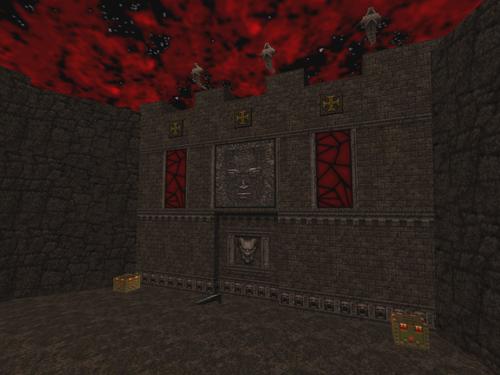Short version: 72 fps is Quake standard. 60 Hz is common display rate. You can't get 72 fps with 60 fps. Any deviation from 72 fps messes with Quake physics like jump height and such. Vid_vsync (swap control) actually makes CPU wait, truly lowering fps and messing physics (subtly, but it can matter -- in rare cases, break map design stuff).
http://www.opengl.org/wiki/Swap_Interval
I haven't tried to implement this, but I've studied the DarkPlaces implementation (Quakeworld has this by necessity, since the ability to function as client and server wasn't actually a feature of Quakeworld but added on by the community), studied the code and read about everything MH has ever had to say about this.
Is video sync "bad"?
Quake only operates correctly at 72 frames per second. And 60 Hz monitors are common.
If you use swap control, it doesn't just slow down rendering ... according to the above link ... it actually makes the CPU wait. You literally are getting 60 frames per second. Which is less than 72 frames per second. So let's say a certain single player map has a jump that is manageable at 72 fps ... it might be harder or in some very rare cases impossible at 60 fps.
More likely, it is the vertical jump you can't quite pull off. Maybe some barely manageable place you can jump up simply cannot be done at 60 fps in single player (where client + server are one). If you want an example of one map that has this as potential issue, see Trinca's Forgotten Tomb. Any slightly lower physics frame rate and you cannot get out of the start area which requires you to jump up to take a "wind tunnel" to the main map.

http://www.quaddicted.com/reviews/trincasp2.html
This means that 72 frames per second physics might be nearly impossible to pull off with vid_vsync? Maybe this is why I can't recall seeing vid_vsync anywhere in the DarkPlaces menu?